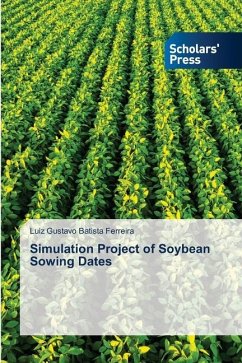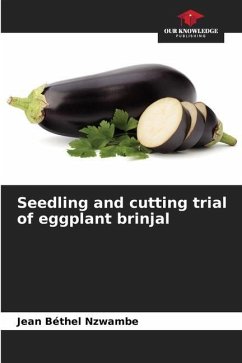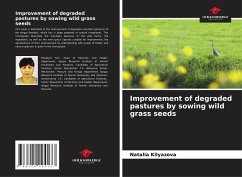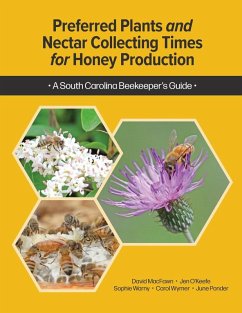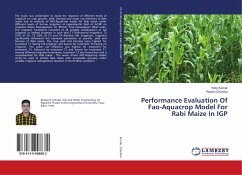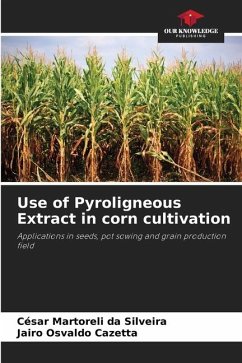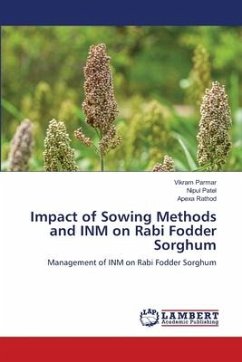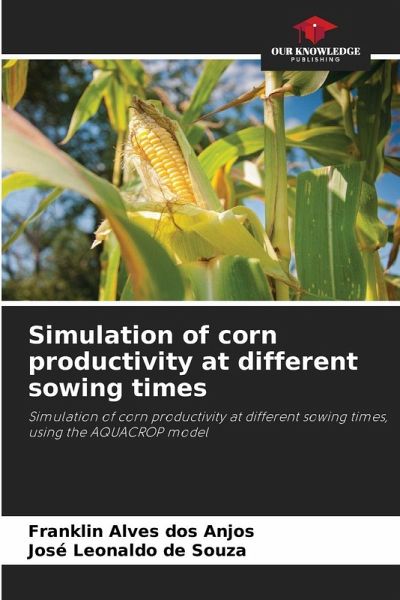
Simulation of corn productivity at different sowing times
Simulation of corn productivity at different sowing times, using the AQUACROP model
Versandkostenfrei!
Versandfertig in 6-10 Tagen
33,99 €
inkl. MwSt.

PAYBACK Punkte
17 °P sammeln!
Corn (Zea mays L.), due to its importance in human and animal diets, is one of the most widespread crops in the world. The AquaCrop model was used in this study to simulate total and daily biomass production, grain productivity, and to obtain a corn yield forecast for the Arapiraca region, Alagoas. The model uses canopy cover (CC) instead of leaf area index (LAI) as the basis for separately calculating plant transpiration and soil water evaporation. Yield is calculated as the product of biomass and harvest index (HI). The model input data were from an experiment conducted by Medeiros (2008) in...
Corn (Zea mays L.), due to its importance in human and animal diets, is one of the most widespread crops in the world. The AquaCrop model was used in this study to simulate total and daily biomass production, grain productivity, and to obtain a corn yield forecast for the Arapiraca region, Alagoas. The model uses canopy cover (CC) instead of leaf area index (LAI) as the basis for separately calculating plant transpiration and soil water evaporation. Yield is calculated as the product of biomass and harvest index (HI). The model input data were from an experiment conducted by Medeiros (2008) in the village of Batingas in the municipality of Arapiraca-AL. For the four sowing seasons, the results of soil water storage simulated by the AquaCrop model showed a similar variation trend to the observed values. This procedure allows for an adequate estimate of grain yield 18 days prior to harvest in the Agreste Alagoano region, enabling end users of the model to plan the storage, logistics, and marketing of the grain crop to be harvested.



